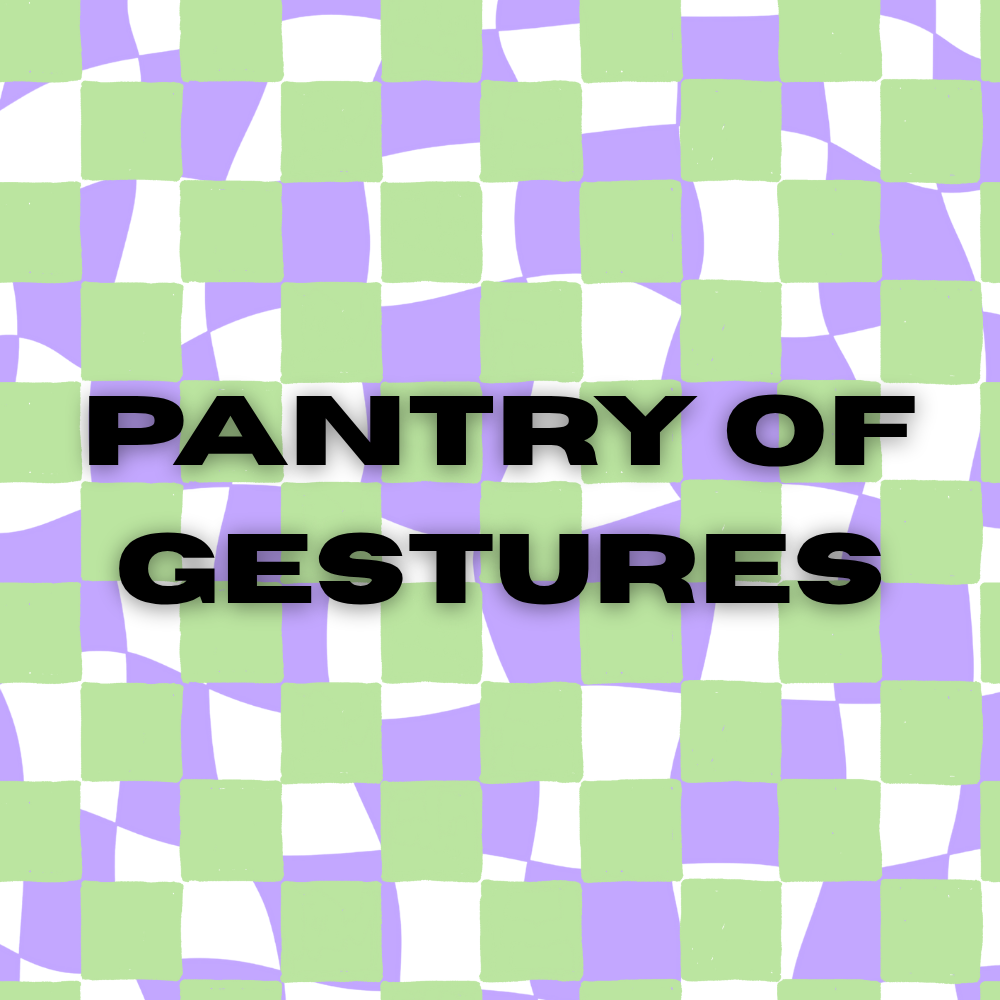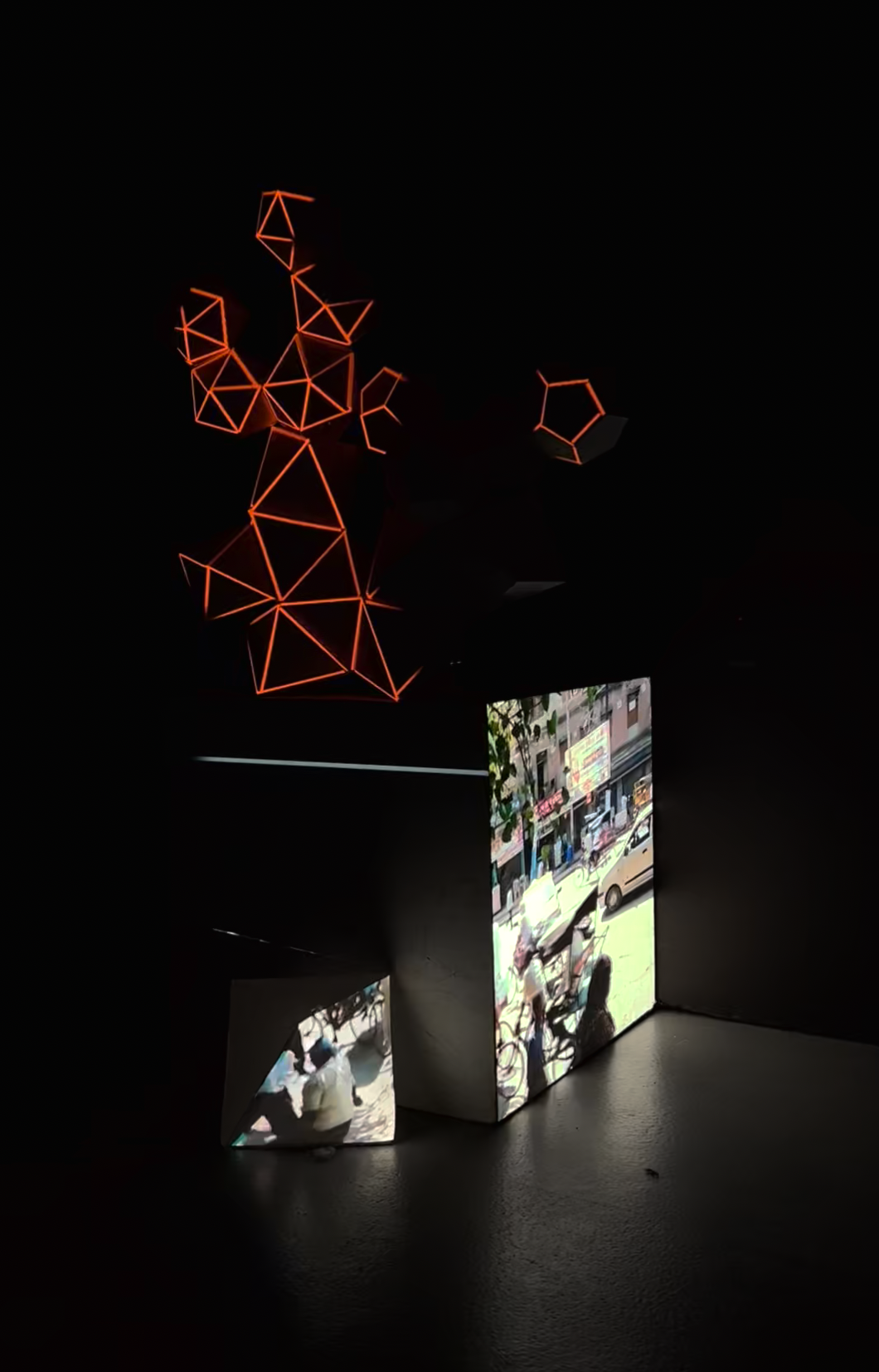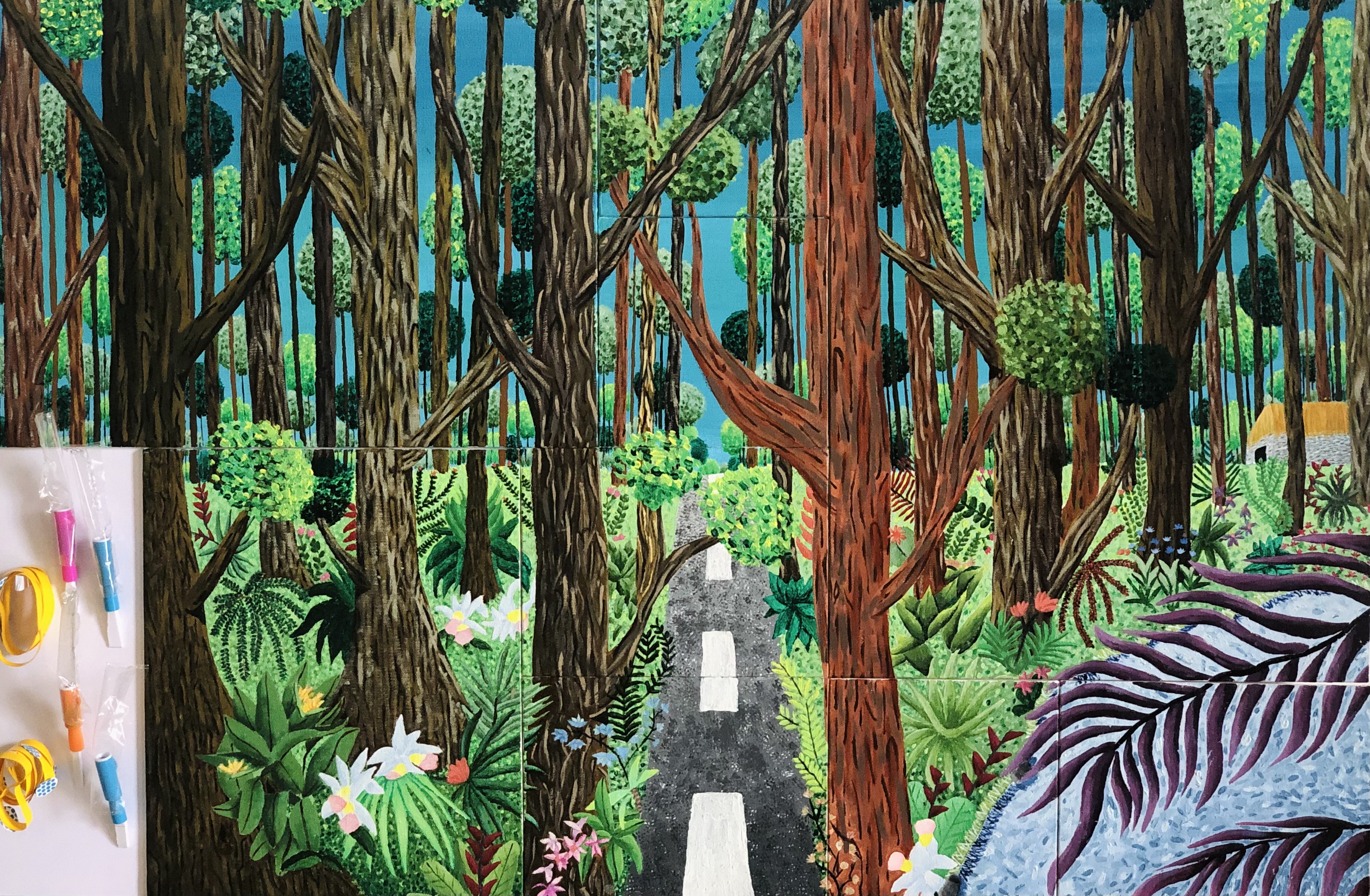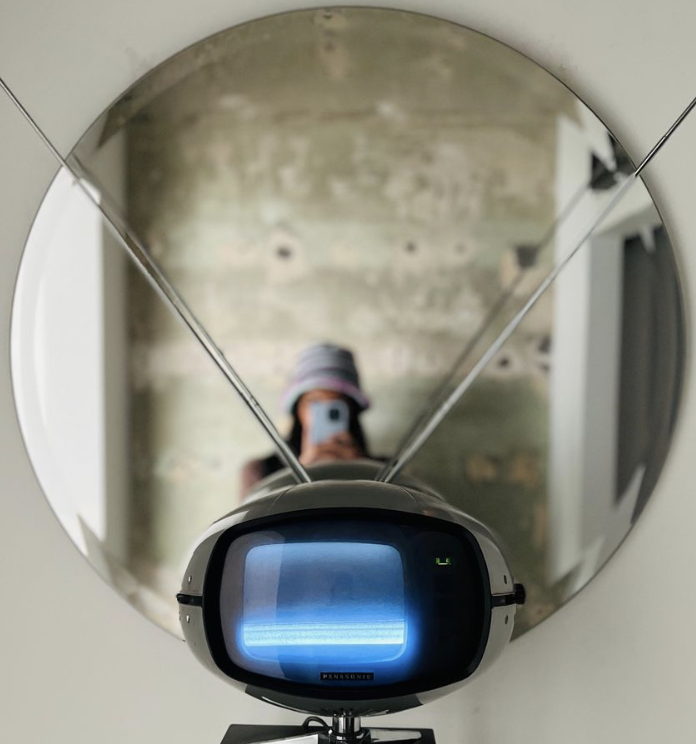Projects from my first semester at Parsons School of Design. Exploring connection, comfort, and cultural translation.
Wave Machine
A quiet prompt to acknowledge one another; even just for a moment.
If invited, would New Yorkers wave, smile, or chat? Simple gestures that made anyone feel like they belonged.
I built a machine that encouraged just that. A simple gesture-based interaction to get strangers to wave or smile at each other. To my surprise and joy, it worked. Micro-interactions bloomed in a place known for emotional self-containment.
For me, this was especially powerful. In India, where the caste system still quietly informs how people interact — or don’t — the idea of smiling at a stranger across social lines feels radical. But this project gave me hope. That even in places shaped by rigid societal hierarchies, we might someday be able to meet one another simply as people. No labels, just shared space and shared warmth.
VIDEO LINK OF PROCESS AND FINAL EXPERIMENT
Comfort Pantry
A space to give, take, and be seen; through the language of food and care.
Comfort Pantry was born out of a very personal place. Curious about what comfort means to different people, and whether a shared space could help ease the loneliness of being far from home.
I wanted to create a soft, inclusive installation. Over time, this evolved into a pantry-like installation, filled with tokens of care and comfort.
I interviewed classmates from different cultures and conducted several iterations, testing everything from the types of food that evoked comfort, to how people interacted with the space, and whether they'd feel safe enough to contribute or receive. People left snacks, notes and stories. The pantry became not just a source of comfort, but a quiet form of catharsis.
In Indian culture, where community is strong but emotional vulnerability is often private, this project made me think about how we give and receive care. We often express love through food, through acts of service, but rarely in explicitly emotional ways. Comfort Pantry bridged that gap for me: it showed how care can be shared, anonymously and generously, in a universal language.
VIDEO LINK OF FINAL INSTALLATION
Why These Projects Matter
Both Wave Machine and Comfort Pantry were small in scale but expansive in meaning. They helped me reflect on what it means to connect across cities, across cultures, and across unspoken social rules. In an Indian context, these ideas feel especially relevant. We live in a country of warmth and generosity, but also of deeply embedded boundaries. Projects like these are small acts of defiance; soft technologies for a more open, empathetic future.




